SCARBOROUGH – It’s been a long time since something so small created such a stir at the Portland Museum of Art.
Archaeologists working at the Winslow Homer Studio at Prouts Neck this week unearthed personal artifacts including the handle of a paintbrush that’s presumed to have been used by the great American painter.
“It’s certainly the right time frame,” said Kathleen Wheeler, an independent archaeological consultant who is leading a dig at the site for the museum. “I don’t think it came from anywhere else. I am sure it’s directly related to Winslow Homer.”
The wooden brush handle is about 6 inches long and round like a dowel. It is thin, and tapers off at each end. It is coffee brown, and its size and shape are consistent with a watercolor brush from a century ago, said the museum’s chief curator, Thomas Denenberg.
Wheeler’s crew unearthed the brush handle Thursday as part of its work to sift through the layers of earth under the room in the water’s-edge studio where Homer did much of his work.
He called the room “the factory,” a tongue-in-cheek nod to his productivity as a painter. The room was added to the studio in 1890, a few years after Homer arrived from Boston and made the studio his secluded home. He spent the final 27 years of his life at Prouts Neck, dying in the studio in 1910.
Homer completed many of his best-known paintings in the studio, which is a National Historic Landmark.
The painting room is on the back side of the green-clapboard studio, away from the water. As part of its effort to restore and preserve the studio, the museum removed the floorboards and began examining the earth below for clues about Homer’s life and work.
When the work is complete, the earth will be sealed, a new sub-floor will be added and the old floorboards will be reinstalled.
The museum bought the studio from an heir of Homer in 2006, and is working to raise more than $10 million for its restoration and preservation.
In addition to the brush handle, Wheeler’s crew found many seashells and small bottles.
An earlier excavation at the site, including around a kitchen that was added after Homer died and has since been removed as part of the restoration, produced an oil brush and ferrule, the metal band that binds the bristles to the handle.
Other artifacts found previously in and around the studio include a small bottle of turpentine, a few chess pieces and a cigarette holder. The museum displays some of those pieces in a glass case at the McLellan House at its Portland campus.
Denenberg saw the newly unearthed watercolor brush handle for the first time Friday.
Although not surprising — one would expect to find painters’ artifacts in a painter’s studio — the find affirms the cultural significance of the site and the worthiness of preserving it, Denenberg said. The pieces add up to help tell a larger and more precise story about the man behind the paintings, he said.
“We don’t know a lot about how Homer lived in the building. The archaeology literally adds another piece to the story,” he said. “He sometimes called himself the rowdy bachelor of Prouts Neck. It adds to the mythology of modern art. Fast-forward half a century and it gets us to Jackson Pollack and the slightly Bohemian, rowdy lifestyle.”
By far, the most common personal effects found at the site are seashells. Archaeologists discovered them by the hundreds under the painting room floor. Wheeler determined that they were too recent to be Native American middens, and the shell piles lacked the sort of tools or tool fragments associated with the middens.
Most likely, Homer tossed the clam shells out a window and into the garden in those first three years he lived in the studio, before he added the painting room.
The shells could be remnants of his meals, or perhaps he littered his yard and garden with smelly seashells to keep visitors away. He warned of “snakes, snakes, mice” with a hand-lettered sign to discourage disturbances from the outside world. The shells may well have attracted the critters and thus served his larger effort to live the life of a recluse, Wheeler speculated.
He may also have tossed the brush out the window in those early years, or it could have fallen between the floorboards after he added the painting room, she said.
“We found the paint brush right on top of the shells, and everyone got excited,” Wheeler said. “It’s exciting, being able to touch a piece of history.”
Work at the studio continues elsewhere. On Friday, the crew was removing the asphalt shingles from the roof. They will be replaced with wooden shingles, similar to those that would have covered the roof when Homer lived there.
The project will continue into next year. The studio is scheduled to open in the fall of 2012.
Staff Writer Bob Keyes can be contacted at 791-6457 or at: bkeyes@pressherald.com
Follow him on Twitter at: twitter.com/pphbkeyes
Send questions/comments to the editors.


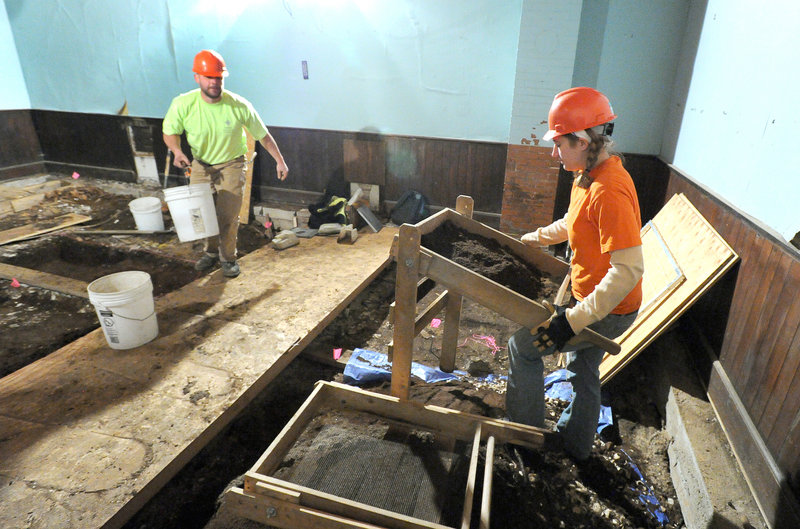
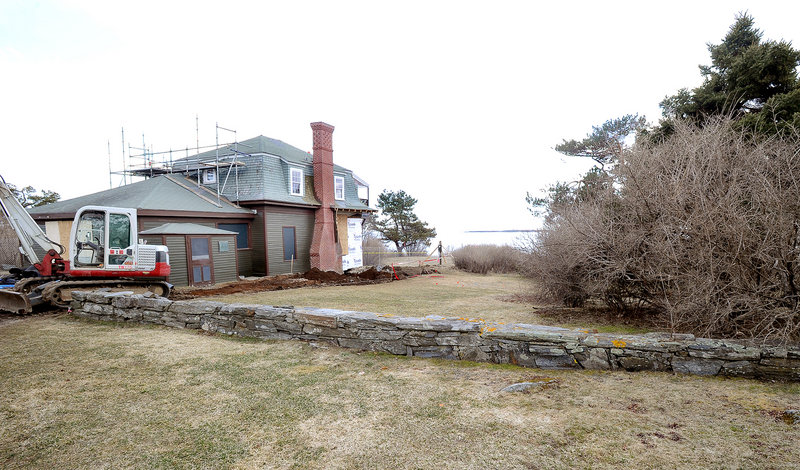
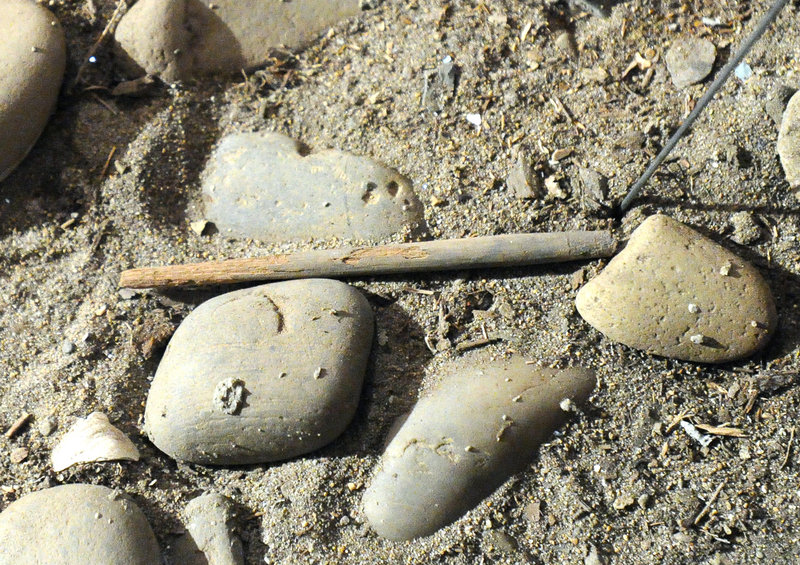
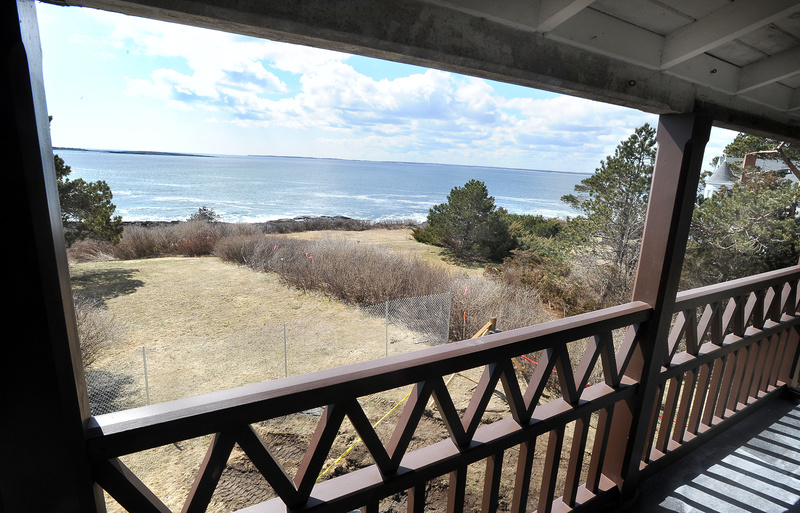
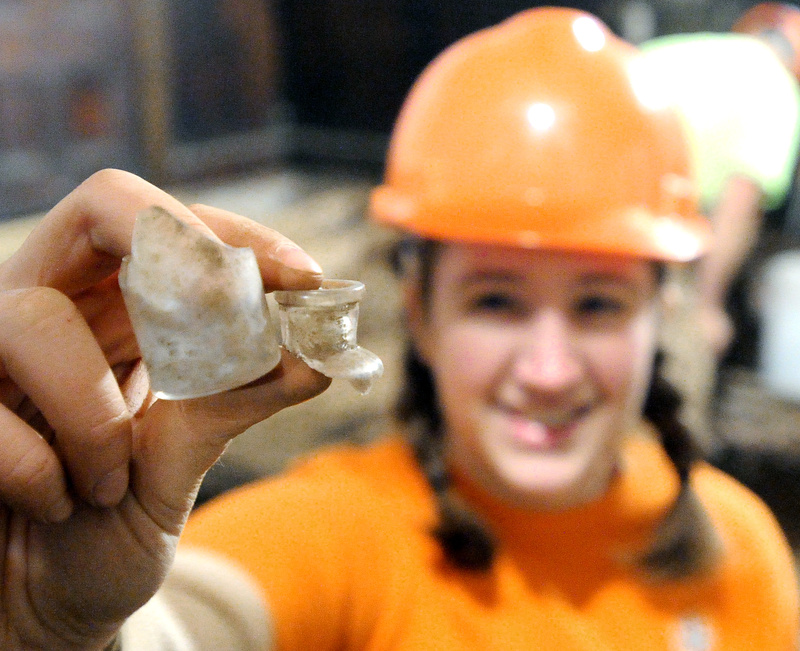

Success. Please wait for the page to reload. If the page does not reload within 5 seconds, please refresh the page.
Enter your email and password to access comments.
Hi, to comment on stories you must . This profile is in addition to your subscription and website login.
Already have a commenting profile? .
Invalid username/password.
Please check your email to confirm and complete your registration.
Only subscribers are eligible to post comments. Please subscribe or login first for digital access. Here’s why.
Use the form below to reset your password. When you've submitted your account email, we will send an email with a reset code.